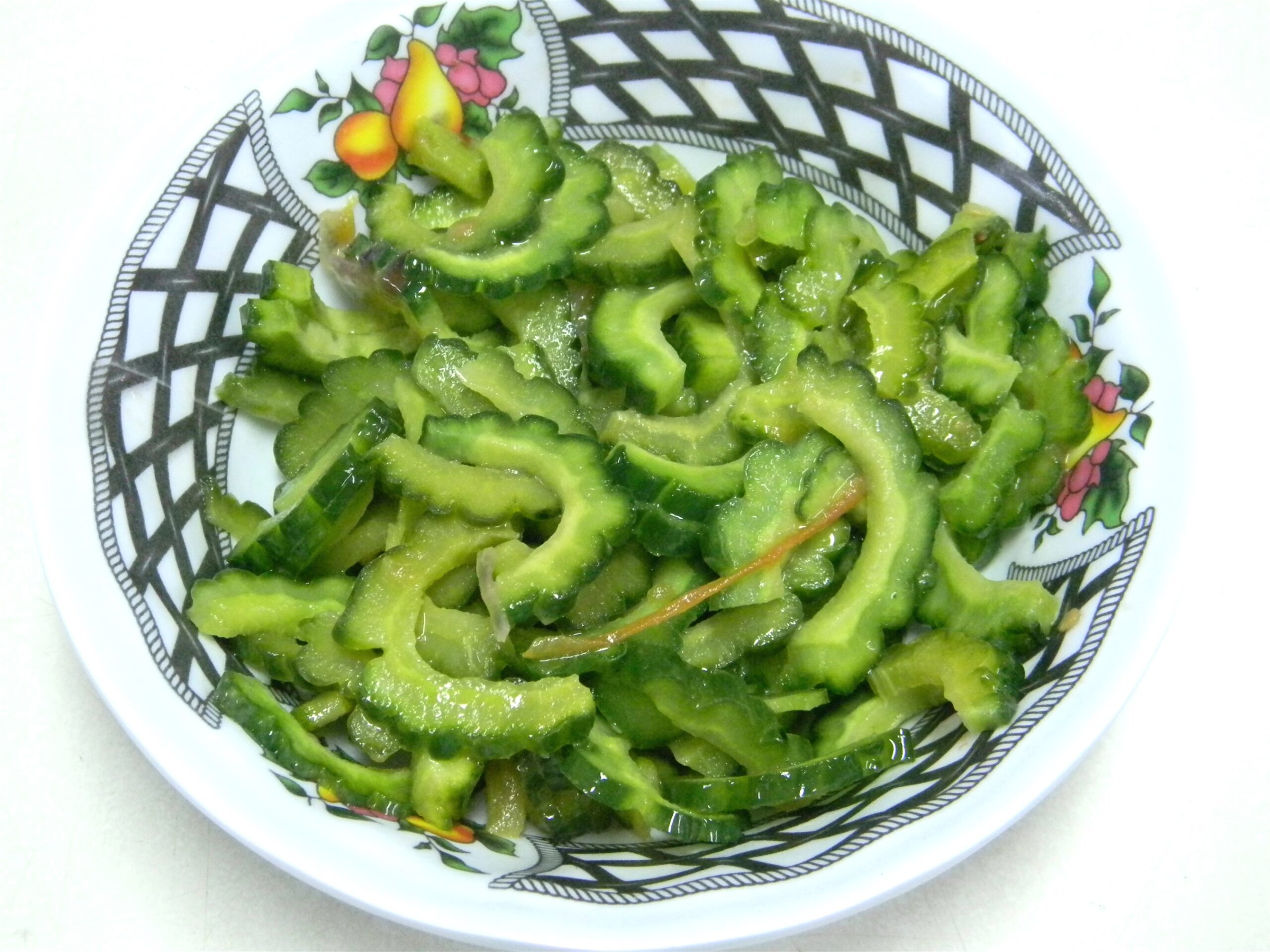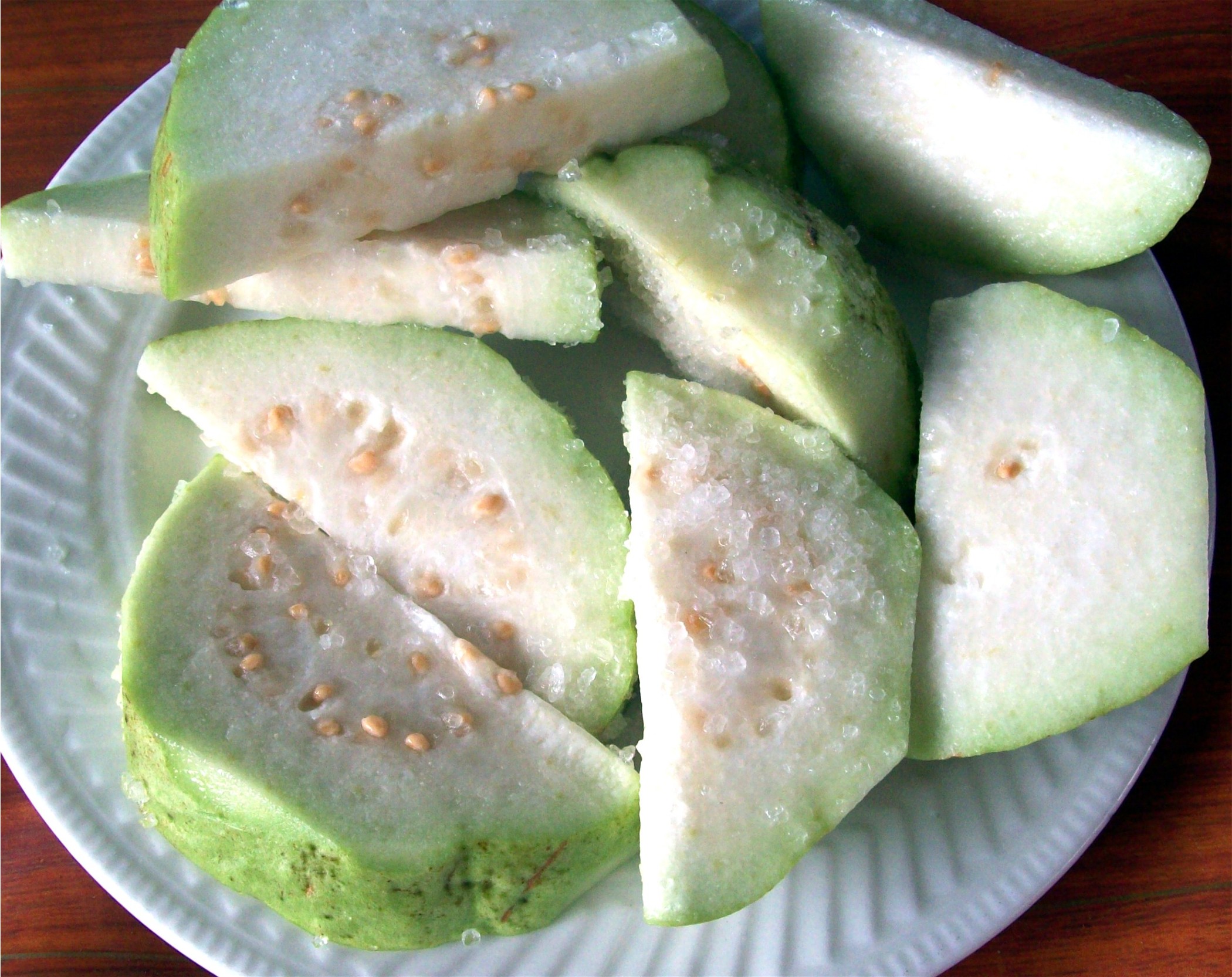Text and Photos by Henrylito D. Tacio
What would be your reaction if someone tells you that he’s 52 years old and has never been admitted to a hospital or seen a medical doctor for any ailment that afflicted him? It may be something for “Ripley’s Believe It or Not,” but that was what Vicente Bandojo admitted to science journalist Bong Sarmiento.
Within his ethnic Manobo tribe, Bandojo is called Datu (chieftain) Palagsulat. The Manobo are probably the most numerous ethnic group in the country, and Bandojo’s group lives in Agusan del Sur.
“Our tribe have been using plants since time immemorial and they are effective in treating various illnesses such as fever, diarrhea, cough and skin diseases, among others,” Sarmiento quoted Datu Palagsulat as saying. “I have never been admitted to a hospital ever since because I used these plants that are abundant in the forest or in our backyards for treating various malaises that I would feel.”
If in the past, using medicinal plants to treat illnesses may be frowned upon by most people, such is not the case anymore. In fact, more and more Filipinos are now using herbal medicine. And it’s not a late-breaking fad.
A survey conducted by the Social Weather Station (SWS) in 1994 showed that an estimated 78% of Filipinos were availing themselves of herbal medicines to deal with a variety of common ailments and discomfort.
“For every disease, God has a plant for it,” said Dr. Erna C. Arollado, director of the Institute of Pharmaceutical Sciences at the College of Pharmacy, University of the Philippines. She is also a member of the National Research Council of the Philippines (NRCP).
Even the Bible mentioned the importance of plants against diseases. In Ezekiel 47:12, God told the prophet that fruit trees that grow along the banks of the river had healing properties, particularly the leaves.
“Plants are one of the most important natural sources of novel pharmacologically active compounds by the pharmaceutical industry,” NRCP said in a statement. “Since time immemorial, the use of plant-derived products embodies a major aspect in traditional medicine and contributes to worldwide healthcare.”


The SWS survey also found that 40% of the users, mostly from rural areas, used the medicines on their own initiative. Thirty-two of the respondents, however, said they got advice from herbolarios or traditional healers. Only six percent said they learned about herbal medicines from doctors.
A study conducted in 2019 showed that one out of two patients with a chronic disease would take herbal medicinal products to improve their welfare without consulting a physician or pharmacist.
The Philippines is very fortunate to be one of the world’s megadiverse countries and also the center of the center of biodiversity. “The Philippines is jam-packed with diverse and threatened species – it’s one of the most astounding regions of biodiversity on Earth,” said Dr. Terry Gosliner of the California Academy of Sciences.
One of the most popular herbal medicines used by Filipinos is lagundi (Vitex negundo), a wild shrub with long five-leaf clusters often mistaken for marijuana. The Department of Health certified lagundi as effective relief for colds, flu, pharyngitis, and asthma.
“Lagundi has been used for centuries by local populations in the Philippines for its medicinal properties,” said the World Intellectual Property Organization (WIPO). But it was not until a Spanish Jesuit, Father Colin published a book in 1990 that lagundi’s healing properties were described in detail.
“In his book, Father Colin wrote that lagundi was used regularly by Filipinos to treat wounds and as a pain medication,” WIPO wrote, adding that he also discovered that the plant’s roots are used to treat rheumatism and dysentery.
Aside from lagundi, other herbal medicines popularized by DOH include yerba buena (Mentha x cordifolia), sambong (Blumea balsamifera), tsaang gubat (Carmina retusa), niyug-niyogan (Quisqualis indica), bayabas (Psidium guajava), akapulko (Cassia alata), ulasimang bato (Peperomia pellucida), bawang (Allium sativum), and ampalaya (Momordica charantia).
The Ecosystems Research and Development Bureau (ERDB), a line agency of the Department of Environment and Natural Resources (DENR), is batting for the growing of these medicinal plants in their farms.
“The integration of medicinal plants as a crop in agroforestry is a relatively new approach that is beneficial to the local people, whether they are lowland or upland farmers or most especially, the indigenous people,” ERDB said.
By planting these medicinal plants in their farms or even initiating small backyard herbal gardens, they can “help boost the Philippine herbal industry by providing adequate supply of raw materials for local as well as global needs.”
Manufactured synthetic drugs command a high price which Filipino masses oftentimes cannot buy. The passage of Republic Act No. 8423, otherwise known as the “Traditional Alternative Medicine Act” in 1997, paved the way for the provision and delivery of traditional and alternative health care products, services, and technologies that have been proven safe, effective, affordable and accessible for Filipinos.
To provide raw materials for the pilot plant of Bicutan in the manufacturing of medicinal plants, medicinal plantations were established in Cavite and Davao. In 1985, when the health department established three herbal manufacturing plants, pilot plantations of medicinal plants were also established in Cagayan, Leyte, and Cotabato.
“With the growing interest in traditional herbal medicine in the country, several private companies ventured into the production and manufacture of medicinal plants and products,” ERDB reported, citing Pascual Laboratory, owner of 40 hectares of medicinal plantation in Sta. Rosa, Nueva Ecija, as an example.
Unfortunately, the herbal medicine industry in the country is still “not yet well-developed” compared with those in China, Japan, Korea, and Vietnam. “To boost the country’s medicinal industry, there is a need for a holistic paradigm shift of a small- to large-scale farming since the country has sustainable indigenous medicinal plants,” ERDB said.
According to ERDB, there are now commercially available drugs from medicinal plants. These are lagundi for a cough remedy, sambong for diuretic relief, and akapulko as a lotion for anti-fungal and skin rashes.
The following plants are being develop as drugs (although they are available in the market as food supplements): ampalaya as relief for diabetes, ulasimang bato as anti-hyperuricemic, tsaang-gubat as anti-motility, mutha as relief for malaria, makahiya as relief of diarrhea, and yerba buena as an analgesic.
“The pharmaceutical industry demands tons of raw materials,” ERDB pointed out. “Therefore, the entrepreneur must know the requirements of herbal farming taking into account the externalities, risks and difficulties of growing and cultivating medicinal plants.”
The general considerations for herbal farming are site profiling of the farm or plantation far from pollution, soil that is free from heavy metals, high quality planting stocks to produce high-quality leaves, use of organic fertilizer, and non-use of insecticides, fungicides or pesticides, and moisture content of dry leaves or powdered materials below 5%, among others.
A study conducted by one of the professors of the University of the Philippines at Los Baños revealed that medicinal plant farming is a profitable venture. A one-hectare planted with lagundi or sambong produces 10,000 kilograms to 20,000 kilograms of fresh leaves at the price of P15 per kilogram in two times harvest per year.
The gross income is P300,000 to P600,000. Deducting the production, a farmer can get a net income of about 106,000 per hectare in the first year of operation. The harvest can be sold in dried or powdered form in order to obtain higher prices and profit.
In San Jose, Dumaran, Palawan, some farmers participated in the pilot study of the DOH and the Palawan Center for Appropriate Rural Technology. They planted lagundi and other herbs in their small farm lot. The farmers reportedly were able to earn an extra income of P30,000 a year in lagundi farming.
In the first year of operation, they obtained a small financial return but apparently, in the succeeding years, the financial return increased. “The socioeconomic status of the herb farmers dramatically changed,” ERDB reported. “They were able to support their children through school aside from having the means to provide the basic needs of their families.”
The venture showed that medicinal crops gave them extra income rather than doing slash-and-burn (kaingin) activities or over-harvesting of forest products. “The farmers are now active in herbal farming with the goal of producing high-quality herbal raw materials on a large-scale production,” ERDB said.

